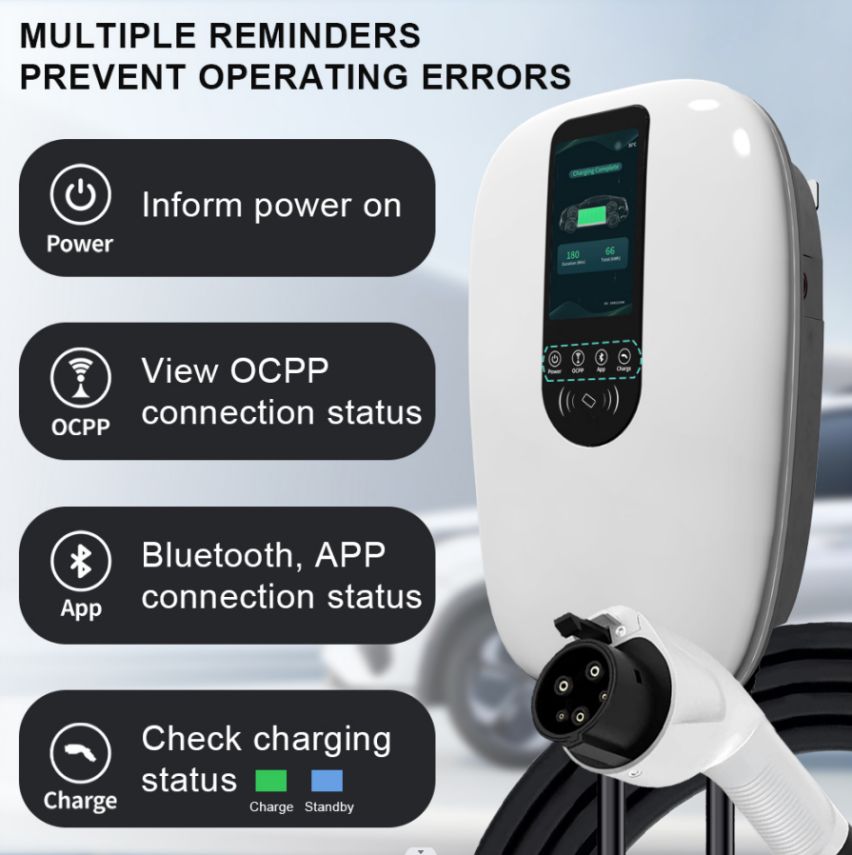On February 15, local time, the Biden administration released new standards for the construction of a nationwide electric vehicle charging pile network on the White House website. According to this final rule, all electric vehicle charging piles that receive subsidies from the U.S. Infrastructure Act must be built in the United States, effective immediately; from now on, any iron or steel charger housings must be assembled and manufactured in the United States.
Progress; starting from July 2024, components produced in the United States will account for at least 55% of the cost of charging piles. The impact on domestic charging pile companies will be limited in the short term. Module exports may be under pressure in 2024, and building factories overseas can effectively avoid this. Judging from the regulations that take effect immediately, they only impose restrictions on the production and assembly of charging pile casings. Therefore, for domestic charging pile companies, the export of charging modules and other components to the United States will not be affected in the short term.
The charging module is the core of the DC charging pile, accounting for about 40% to 50% of the cost of the charging system. Therefore, the 55% proportion limit on local production costs from July 2024 will put certain pressure on module exports. However, since charging pile assembly is relatively asset-light, it can be solved by quickly building factories in the United States. Considering that the cost of other materials and labor in the United States is higher than that in China, the core components are produced domestically and assembled in the United States.
The added value of the manufacturing part in the United States is expected to be higher than the domestic export part, and it is sufficient to account for 55% of the total value. policy requirements. Therefore, in the medium to long term, in order to compete for the US market, building factories locally is an effective way for Chinese pile companies to circumvent policy restrictions. Many domestic pile companies have anticipated the new policies and have started their overseas layout in advance.
After the 2022 IRA Act set clear limits on the localization ratio of the battery industry chain, the industry has fully anticipated the local production ratio regulations for US charging piles. Take Daotong Technology as an example. The company’s products have passed the U.S. UL certification, offline sales have made breakthroughs, and it has plans to set up a factory in the United States in 2023. With policy support, the development of the US charging pile market has accelerated, and there is broad space for charging pile companies to go overseas.
This new policy mainly stipulates the objects of subsidies for charging piles. Overall, the U.S. government’s support for the construction of charging piles has not diminished, and the growth logic of the U.S. charging pile market has not changed. The U.S. automobile market base is larger than that of China, and the long-term charging pile market space is expected to be no less than that of China. From a profit perspective, domestic charging pile companies in the United States have weak manufacturing capabilities and high costs, and their prices are much higher than domestic ones. Chinese companies can rely on their manufacturing cost advantages to gain greater profit margins, and overseas charging pile companies will fully benefit.
Susie
Sichuan Green Science & Technology Ltd., Co.
0086 19302815938
Post time: Nov-22-2023





